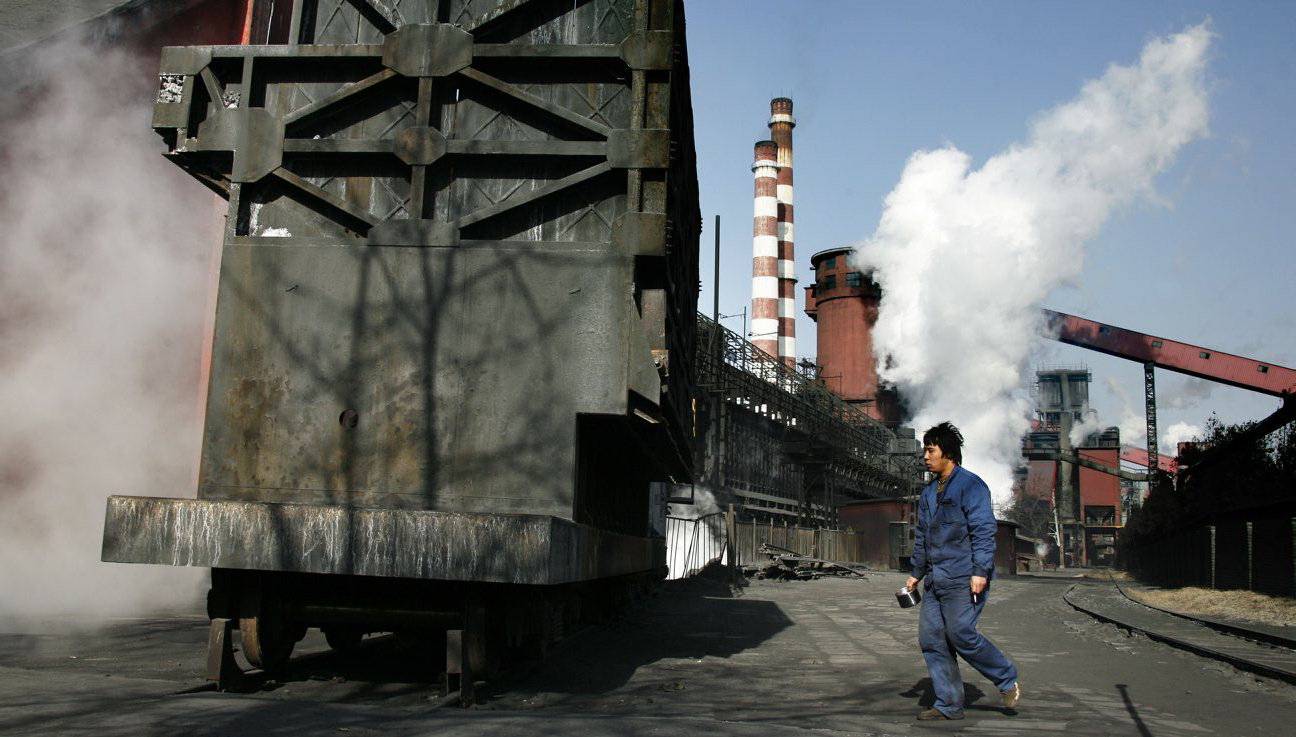
China's Paradoxical Coal Market: Surging Imports & Increased Domestic Supply
China's Coal Market: Unprecedented Surge in Imports, Shifting Dynamics of Domestic Production, and Energy Security Implications
China has experienced a surprising trend in its coal market this year, with record-breaking coal imports in March and April. This seems contradictory, considering the significant increase in domestic coal supply. This article delves into the data to analyze the driving factors behind the surge in imports and its implications for China's energy security policies.
During the first four months of the year, China witnessed an astounding 89% year-on-year increase in coal imports, followed by a 73% increase in April alone. These numbers are perplexing given the substantial growth in domestic coal supply, which rose by 10.5% in 2022 and 5.5% in the first quarter of 2023. Additionally, total coal consumption increased by 4.3% in 2022 and 3.6% in the first quarter of 2023, with thermal power generation also seeing modest growth.
Several explanations have been proposed to account for the import surge, including increased coal consumption, resumption of imports from Australia, resumption of exports from Indonesia, and restocking demand. However, a closer examination of the data is required to assess each of these factors.
While coal consumption and thermal power generation did indeed increase in the first quarter of 2023, total seaborne coal deliveries, encompassing both domestic and imported coal, saw a mere 7% increase based on shipment tracking data. This suggests that while there was increased demand, it does not fully explain the substantial 89% increase in imports.
Imports from Australia did see a rise, but they only constituted 19% of the total imports during the first four months of 2023. Therefore, they cannot account for a significant portion of the overall increase.
The majority of the import surge originated from countries such as Indonesia, Russia, and Mongolia. While Indonesia had imposed a temporary ban on coal exports in January 2022, this restriction was lifted at the end of that month and does not explain the year-on-year increase in imports during March and April 2023. Furthermore, China's coal imports during March and April 2023 were higher than the same period in 2021 when there were no restrictions on Indonesian exports.
Could restocking demand be responsible for the import growth? In 2022, China's coal consumption reached 3.03 billion tonnes of standard coal, while production amounted to 3.2 billion tonnes, and imports stood at approximately 200 million tonnes of standard coal. These figures indicate that both production and imports exceeded consumption, allowing for the rebuilding of stockpiles well beyond 30 days of consumption. Notably, stockpiles at surveyed power plants, coal mines, and key Bohai ports increased by 6%, 26.7%, and 7.5%, respectively. This surge in supply should have satisfied restocking demands before the start of 2023.
While all the aforementioned factors played a role in the increased imports, there were additional underlying dynamics at play.
Seaborne coal deliveries of domestic coal from Chinese ports to coastal coal users witnessed a significant 21% year-on-year decline, as indicated by Kpler data. This decline coincided with a corresponding increase in imports from Australia, Indonesia, and Russia—the main seaborne exporters to China. Consequently, there was a notable shift from domestic to imported coal among coastal users.
The expansion of domestic coal supply has presented its own challenges. The increased production has led to higher costs, with the producer price index (PPI) for coal mining and washing surging by 45% in 2021 and 17% in 2022. This cost escalation has put upward pressure on domestic prices.
Moreover, a mismatch has arisen in coal quality, with a price differential observed between 4500 kcal and 5500 kcal coal and a tight supply of higher calorific value coal. Miners have prioritized quantity over quality to meet output targets and delivery contracts. This has involved exploiting lower quality coal reserves to reach quotas or reducing the usual coal washing process, thereby compromising the quality of mined coal. Reports indicate a decline in the raw coal washing rate from 74.1% in 2020 to 69.7% in 2022, according to statistics from the Coal Industry Association.
The expansion of coal production has altered the structure of China's coal mining industry. While total coal output grew by 10.5% in 2022, the output of the top 10 miners only increased by 6.5%. In the first quarter of 2023, coal output by all medium and large-scale coal miners grew by 5.5%, with the top 10 miners experiencing a growth rate of 3.4%. These figures indicate that smaller producers have contributed significantly to the growth in coal production.
The surge in imports can be attributed to a combination of increased costs and declining quality of domestic coal, despite the expansion in supply. Imported coal offers a more competitive price and better quality, prompting the shift towards imports.
These developments highlight China's vulnerability to fluctuations in seaborne coal prices and supply. The expansion of domestic clean energy production, including solar, wind, and nuclear, could alleviate pressure on the coal mining industry to increase output and maintain quality while reducing costs. Relying on domestically produced clean energy can be a more economically viable approach to ensuring energy security.
Read More
-
GPIX ETF 8% Monthly Yield and S&P 500 Upside at $53
13.01.2026 · TradingNEWS ArchiveStocks
-
XRP ETFs XRPI, XRPR and Bitwise XRP Pull In $1.5B as XRP-USD Stalls Around $2.13
13.01.2026 · TradingNEWS ArchiveCrypto
-
Natural Gas Price Forecast: NG=F Climbs Off $3.00 Floor as Cold Snap and LNG Flows Lift UNG
13.01.2026 · TradingNEWS ArchiveCommodities
-
USD/JPY Price Forecast - USDJPY=X Charges Toward ¥159 as Japan Election Fears Hit the Yen
13.01.2026 · TradingNEWS ArchiveForex



















